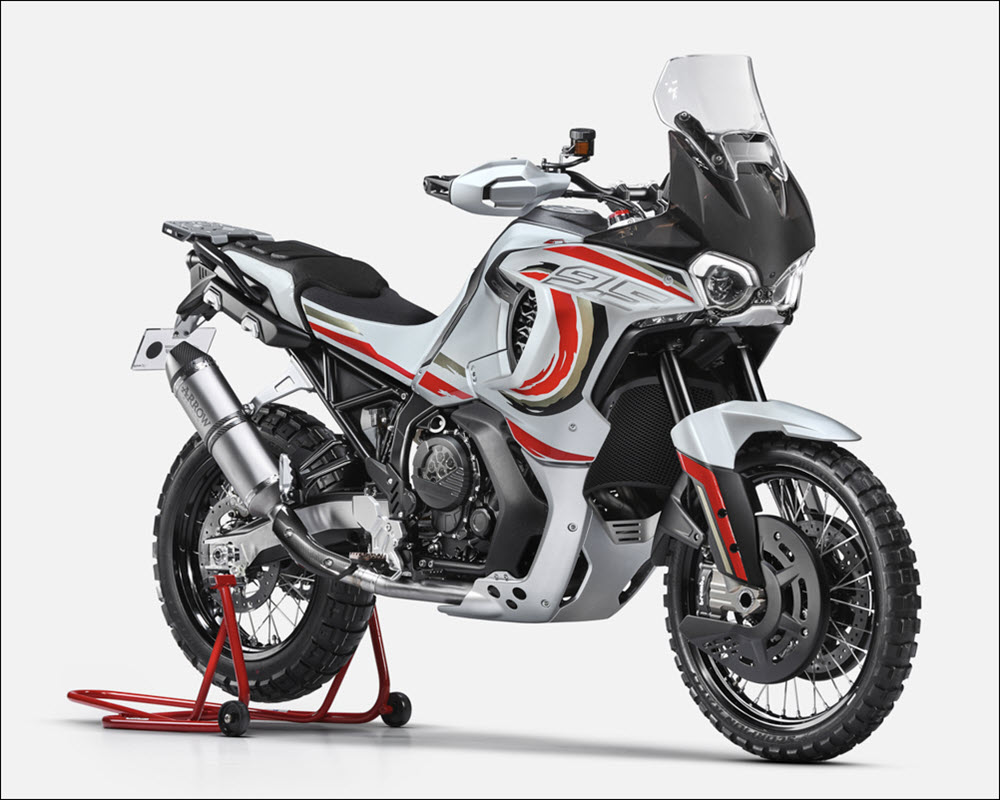
MV Agusta may be famous for making some of the most desirable sport bikes and streetfighters, but it’s not known for adventure bikes. Its closest model is the touring-focused Turismo Veloce 800, but seeing as how the big-bike market has gobbled up each and every adventure model in recent years, it was time that the boutique Italian brand finally got its hands dirty.
Dubbed the Lucky Explorer Project and unveiled at this year’s EICMA, it pays tribute to the Cagiva Elefant 900ie Lucky Explorer machines that won the grueling Paris-Dakar Rally in the `90s. Never mind that the original Elefant was powered by a Ducati engine, because Cagiva, Ducati and MV Agusta were owned by the prominent Castiglioni family then.
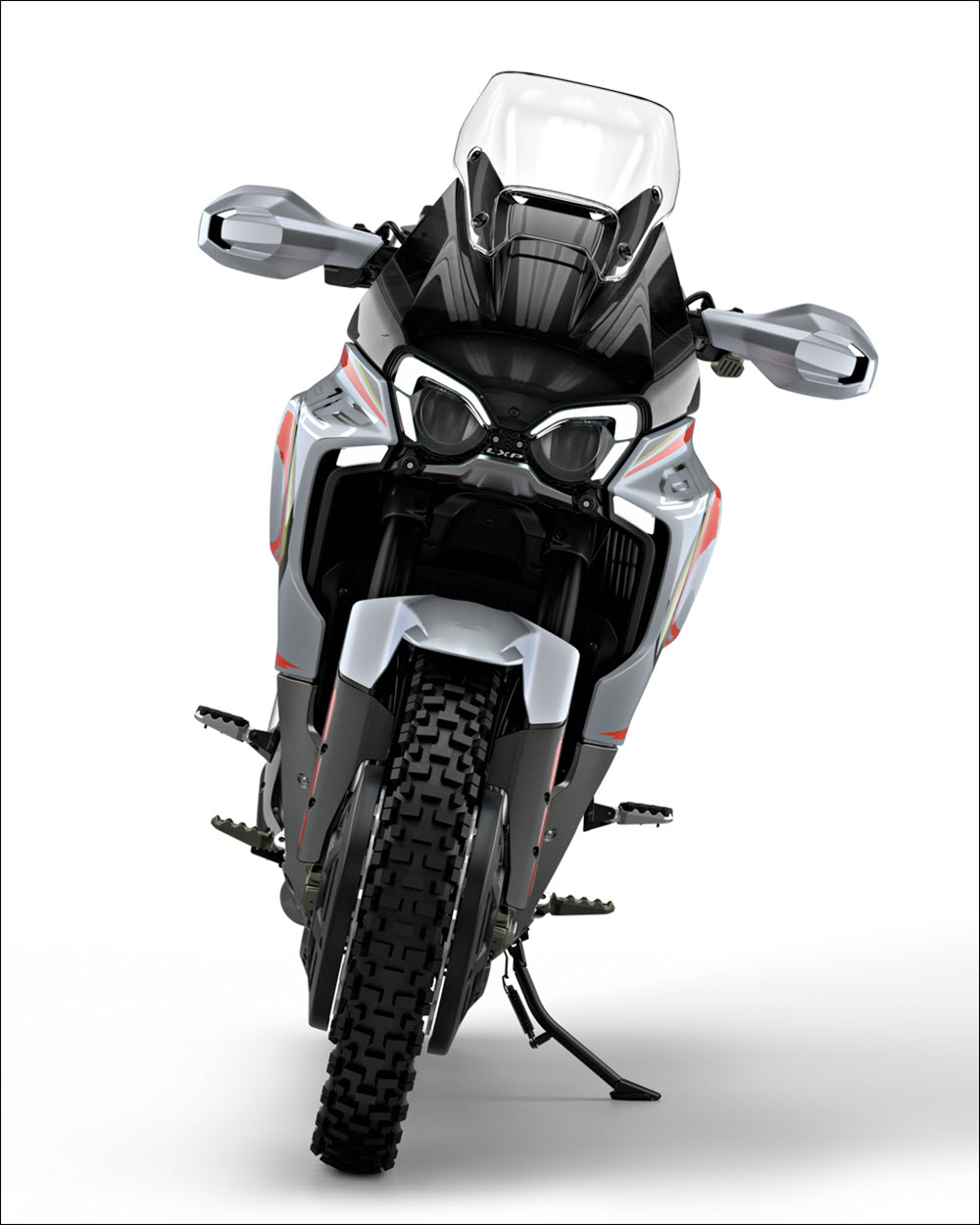
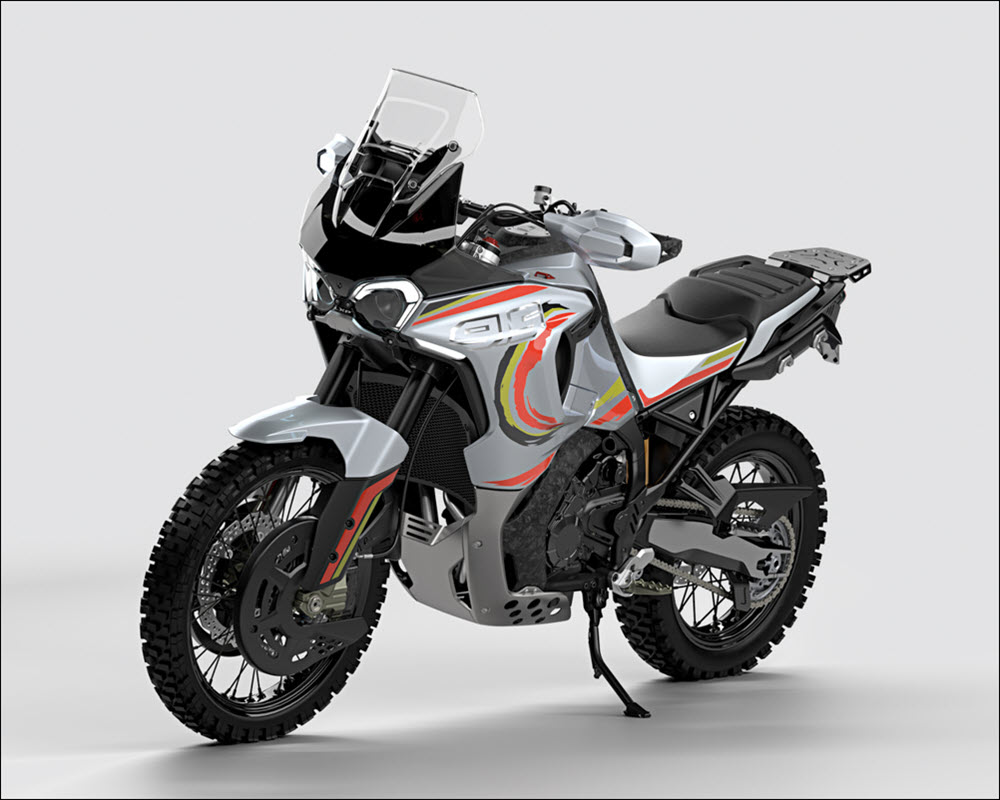
These days, MV Agusta is run by Timur Sardarov of the Black Ocean Group, and Giovanni Castiglioni remains as a consultant. The influx of fresh capital in recent years has spurred development and production of lookers like the Superveloce 800 and the Brutale/Dragster, so hopefully the 9.5 and the 5.5 concepts get the green light for production.
And while most of the world is shunning any and all associations with tobacco brands, the Lucky Explorer Project clearly doesn’t as the name and livery recall its past partnerships with Lucky Strike. And why not, because the concepts are quite eye-catching, especially if you’re into vintage/heritage/retro themes.
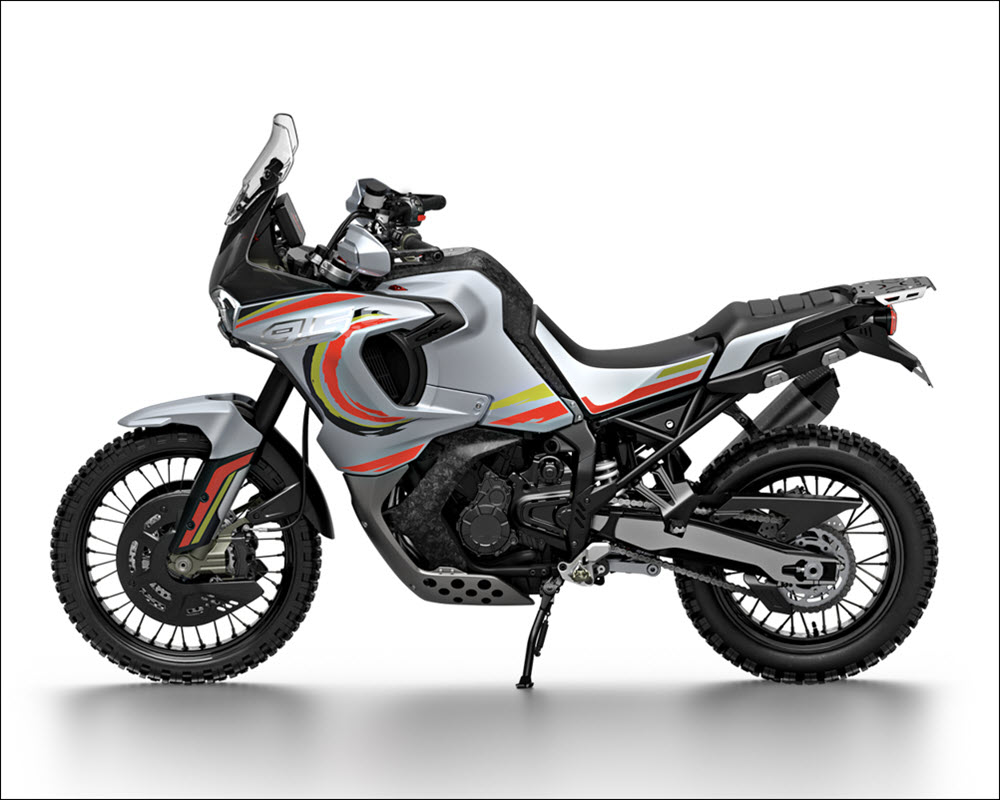
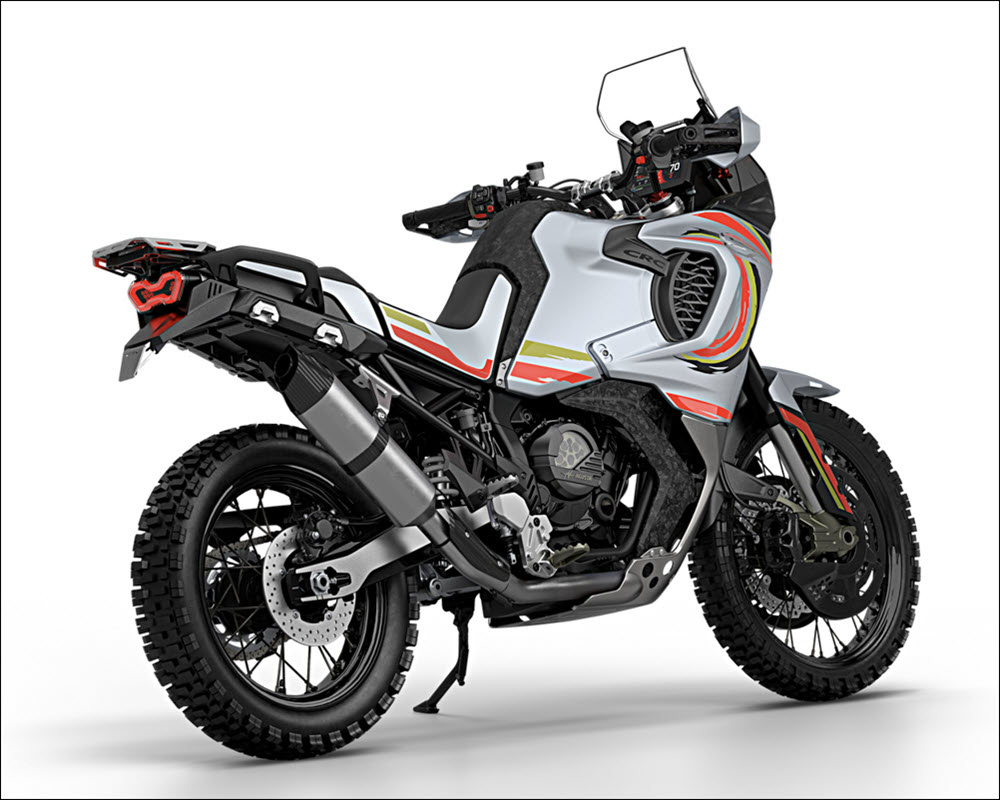
Starting off with the 9.5, the bike sports a proper adventure attitude with a 21-inch front wheel, 18-inch back wheel, and 1,580mm wheelbase.
The motor is based on MV Agusta’s production 800cc triple-cylinder engine, but the bore and stroke have been increased for an effective displacement of 930.63cc while remaining compact and light at just 57kg. Rated power and torque are 123hp at 10,000rpm and 102Nm at 7,000rpm, respectively. The removable gearbox features a radical electro-actuated configuration option, and there’s also an automatic Rekluse variant.
The chassis of the 9.5 is made of steel and uses a closed double-cradle structure. Aluminum alloy is used for the swingarm and fork plates. It has a seven-inch TFT dash with Bluetooth connectivity, and it’s expected to feature all the latest in riding tech like lean-sensitive traction control, ABS, and programmable engine modes. The rally hardware includes covers for the radiator and the front braking system, which uses a large flap to protect the discs. The 220kg dry weight is about average for the class, and the seat height of between 850-870mm looks manageable for taller folks.
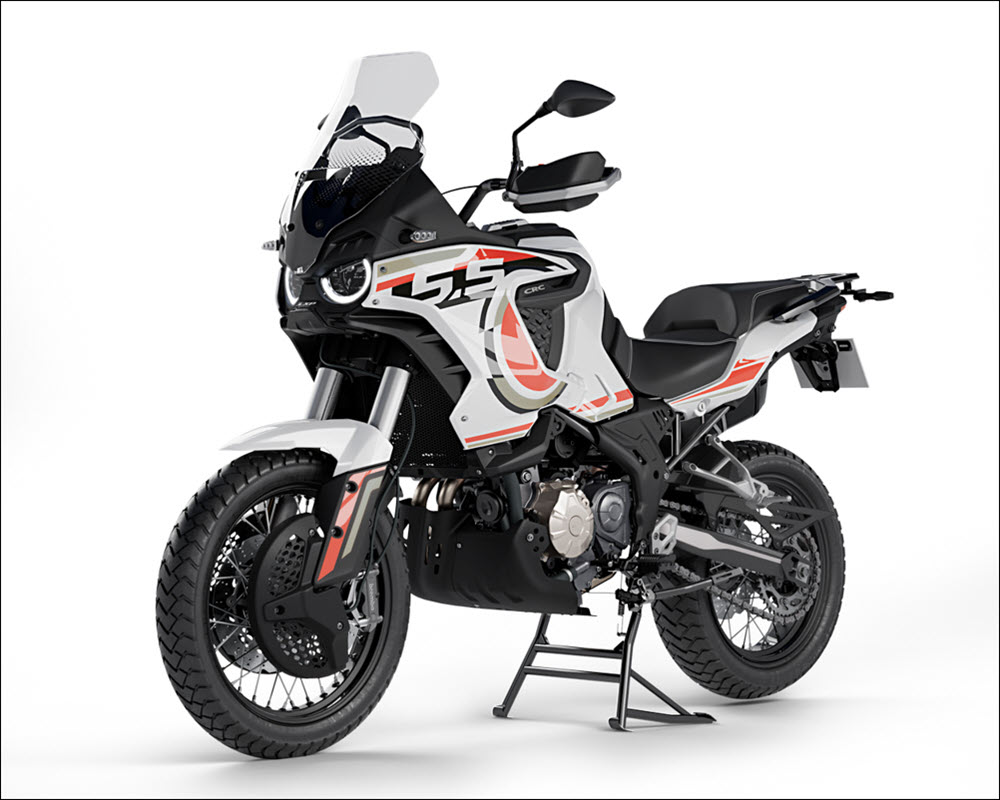
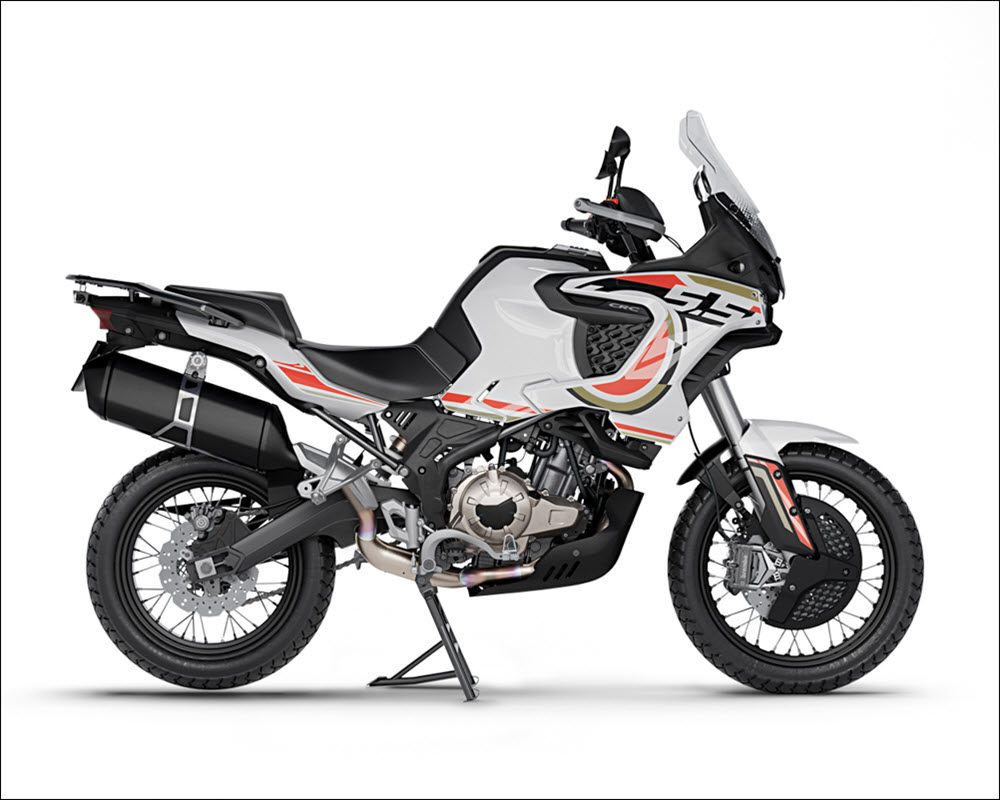
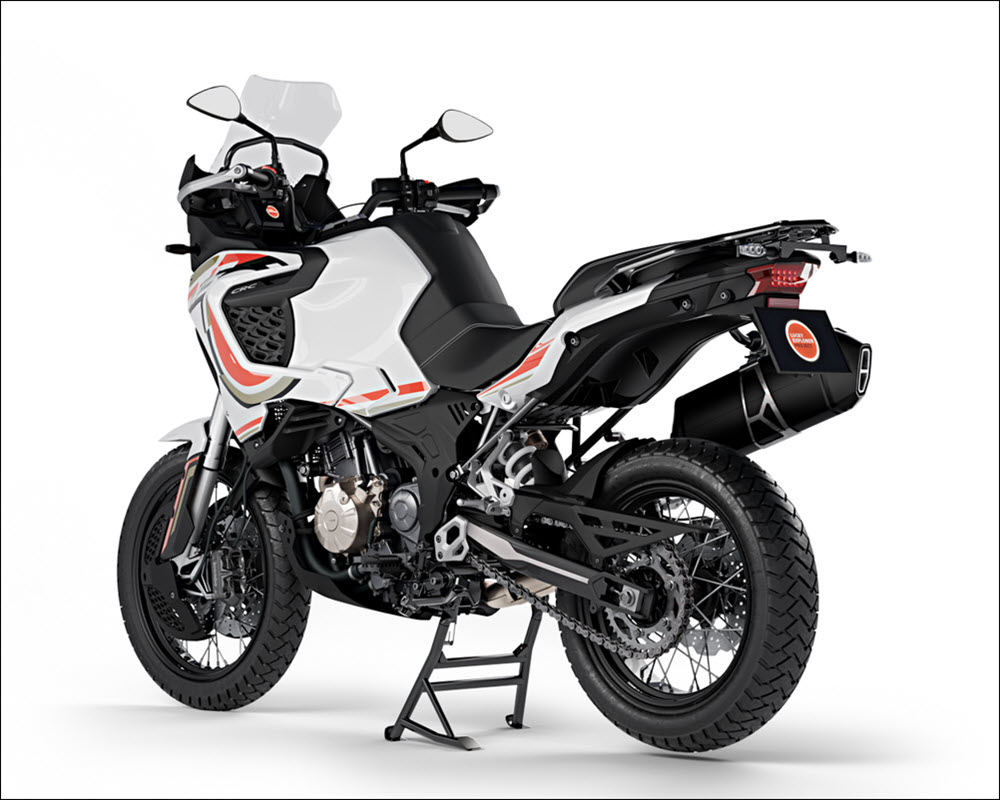
The 5.5, on the other hand, is meant to be an “entry-level” adventure bike. Developed in close collaboration with Chinese manufacturer QJ Motors, it has a 550cc parallel-twin engine with peak output of 47hp and 51Nm through a six-speed transmission. The specs look promising with its slipper clutch, KYB suspension, and 20L tank capacity. The brakes are Brembos with Bosch ABS.
The five-inch TFT dash also supports Bluetooth. Seat height is a middling 860mm. It does weigh a porky 220kg (dry) for that engine output, and the tire setup is 19 inches up front and 17 inches at the rear, so on-/off-road performance might not be earthshaking.
Still, we have to admit that it does look the business with the vintage racing-inspired livery and multiple attachment points for lashing stuff onto. Both bikes look nearly ready for production, and depending on how well the two concepts are received in the motorcycle community, we might see a bona fide MV Agusta adventure bike or two in a few years.


0 Comments